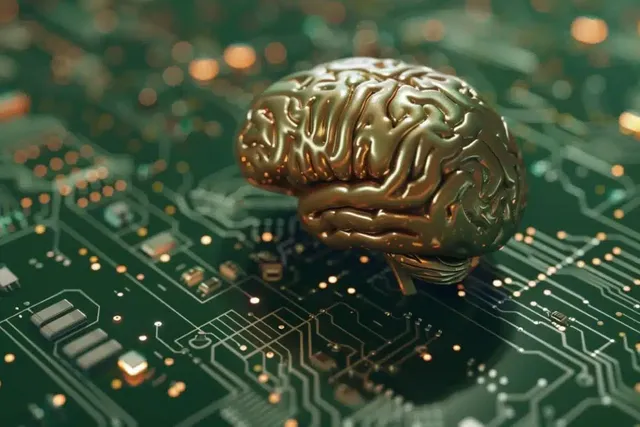Brain-Inspired AI: Learning in the Footsteps of Humans
Artificial Intelligence (AI) has made significant strides in recent years, yet one of its most intriguing frontiers remains emulating human learning processes. Unlike traditional AI models that rely heavily on vast datasets and explicit programming, brain-inspired AI seeks to mimic the way humans learn, offering potential breakthroughs in flexibility, efficiency, and adaptability.

Understanding Brain-Inspired AI
At its core, brain-inspired AI draws inspiration from the biological mechanisms of the human brain. This approach, often referred to as neuromorphic computing or cognitive computing, aims to replicate the neural networks and synaptic connections that enable human cognition. Instead of relying solely on rigid algorithms, brain-inspired AI systems are designed to learn from experience, adapt to new situations, and generalize knowledge, much like the human mind.
Learning Dynamics
Human learning is characterized by its dynamic nature—our ability to learn from limited data, adapt to new environments, and transfer knowledge across different tasks. Brain-inspired AI seeks to replicate these capabilities through various techniques such as:
Sparse Representations: Similar to how our brains encode information sparsely, AI models can reduce redundancy and focus on essential features, improving computational efficiency and generalization.
Learning from Few Examples: While traditional AI often requires vast amounts of labeled data for training, brain-inspired AI aims to learn efficiently from smaller datasets, mimicking human ability to generalize from limited examples.
Continual Learning: Humans continually learn and adapt over time. Brain-inspired AI models are designed to incorporate new information while retaining previously learned knowledge, enabling lifelong learning capabilities.
Applications and Implications
The implications of brain-inspired AI extend across various domains:
Robotics: Robots equipped with brain-inspired AI can learn to navigate unpredictable environments and interact more intuitively with humans.
Healthcare: AI systems capable of learning like humans can assist in medical diagnostics by recognizing patterns and anomalies in data with higher accuracy.
Autonomous Vehicles: Learning from human-like experiences enables vehicles to adapt to changing road conditions and unforeseen events more effectively.
Challenges Ahead
Despite its promise, developing brain-inspired AI poses several challenges:
Complexity: Mimicking the brain's intricate neural networks requires significant computational resources and advanced algorithms.
Ethical Considerations: As AI systems become more autonomous and human-like, ethical concerns regarding privacy, bias, and control become increasingly important.
Interdisciplinary Collaboration: Success in brain-inspired AI demands collaboration across neuroscience, computer science, cognitive psychology, and other disciplines.
Future Directions
Looking forward, the convergence of neuroscience insights and AI advancements holds immense potential. Research efforts are focused on enhancing the biological plausibility of AI models, integrating principles of attention, memory, and reasoning into computational frameworks.
In conclusion, brain-inspired AI represents a paradigm shift in artificial intelligence, aiming not only to enhance performance but also to emulate the remarkable learning capabilities of the human brain. As scientists and engineers continue to unravel the mysteries of cognition, the prospect of AI systems that learn like humans becomes increasingly within reach, promising a future where machines not only compute but truly understand.
Welcome to steemit, unlock steemit achivement before posting anything. I've followed your account, follow me back grow your community